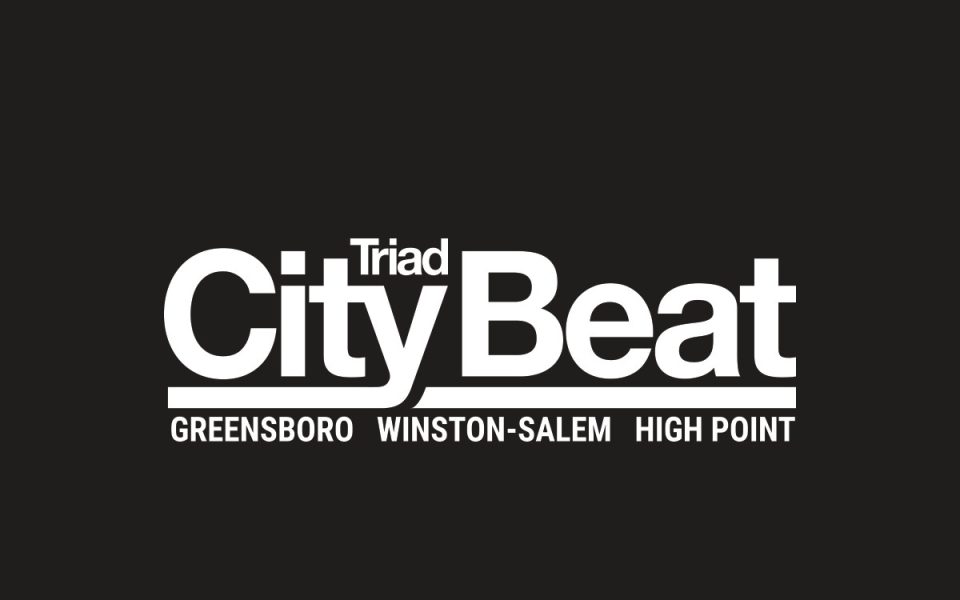Mom: What is with 4-20?
Me: It was the police code for marijuana smoking in progress back in the day and has a lot of other origin stories but it pretty much means Weed Day.
Mom: I thought it was called “grass?”
Me: There are a lot of names for it. And you know it’s legal in a lot of places now.
Mom: Not in my backyard.
Me: I’ll be sure to let the gardener know that you will be having no grass in your backyard — ever.
Mom: I hear it’s not environmental anyway.
Me: Grass or grass?
Mom: Don’t get smart with me kid.
A wave of nostalgia has been enveloping our land of late and it’s evident in the kiddy comfort foods we crave, the throwback fashions we wear, the vinyl we spin, the memory-fueled fun from childhood we seek out, the document vintage and retro-inspired furniture we desire and the homes we live in.
Flowing from mid-century modern design forward into the funky, flamboyant waters of the 1970s, these looks of yesteryear have come to pool in that most wistful stretch of real estate: the great American backyard. It’s staycation central for a generation of those to whom “hanging out” is an art form as well as for those of us whose lifestyle has been downsized. The flashback palate du jour is sated via food truck and harks back to the carnivals and fairs of kiddom. Heck, even destination vacations are about to get retro with Cuba opening up. The festival circuit is, let’s face it, essentially a more diversified and monetized collection of gatherings based on Dead shows and ’60s happenings.
It makes sense, because in times of economic uncertainty, global unrest and climate insurgencies, the comfort of the past is a handy narcotic to rely upon — especially when it’s in your own backyard.
Whether you grew up with the advent of modern suburbia when the US was experiencing a Levittown, trickle-down, post-WWII housing high (when grass was still that green stuff that makes up lawns) or were born a decade or three later, the backyard was a rite of passage.
The nature-nurtured children of the 1960s kicked off their shoes and ran barefoot through it. (Ever heard of Woodstock? Yeah, so what if it was someone else’s backyard?)
Even the television-addled latchkey kids of the ’70s dragged themselves away from their sitcoms and after-school specials for the occasional game of kickball.
The ’80s kids had MTV and early video games to fuel their imaginations but music festivals and adventure sports managed to drag them from the arcade and the video channel into the wild.
Today, many of us are driven back to those simpler times, and drugs were often the transcendental wallpaper of those times. It’s like the lyrics of that Soul Asylum song: “We were too young to be hippies/ Missed out on the love. We turned to a teen in the late ’70s/ in the summer of the drugs.” Whether or not the that decade applies, most born in the ’60s, ’70s, ’80s or ’90s have a relationship with drugs, even if it meant avoiding them, straight-edge style. And marijuana — like it or not — is headed for the old mainstream.
Sometimes history is well worth repeating, and while the bomb shelter hasn’t made an across the backyard comeback yet, I have a feeling that it could very well be the next man cave. Of course it will be camouflaged by grass.
Join the First Amendment Society, a membership that goes directly to funding TCB‘s newsroom.
We believe that reporting can save the world.
The TCB First Amendment Society recognizes the vital role of a free, unfettered press with a bundling of local experiences designed to build community, and unique engagements with our newsroom that will help you understand, and shape, local journalism’s critical role in uplifting the people in our cities.
All revenue goes directly into the newsroom as reporters’ salaries and freelance commissions.




Leave a Reply